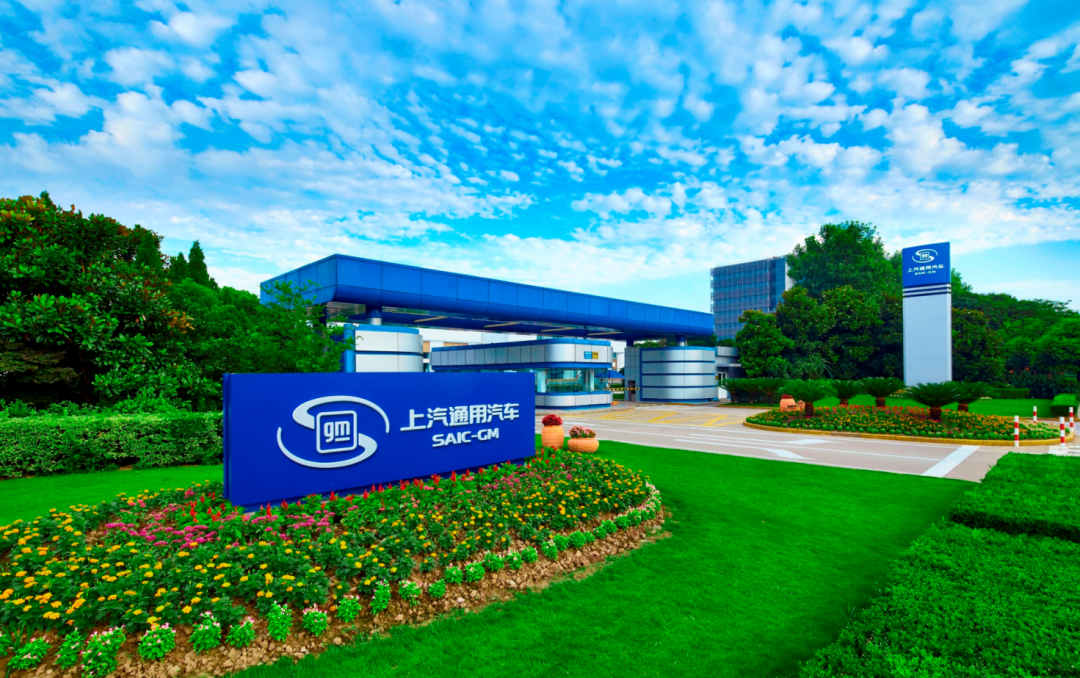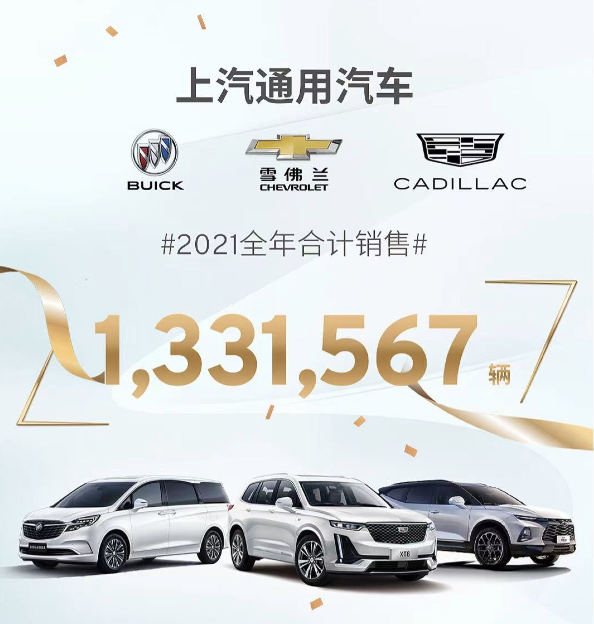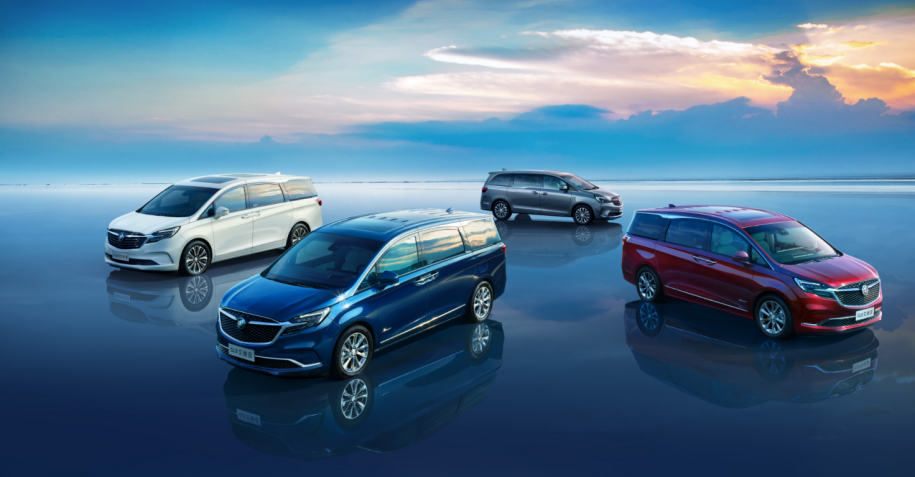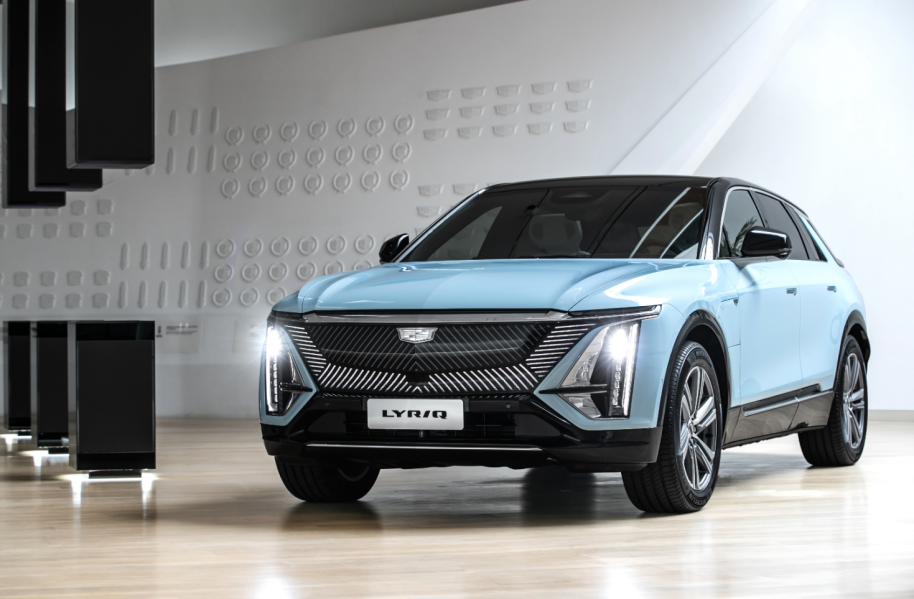*This article is reproduced from the autocarweekly WeChat public account.
Author: Karakush
For the automotive industry, 2021 is a year of high productivity and self-reflection: I’m still too young.
On one hand, the process of electrification and intelligentization is advancing rapidly, pushing the tide forward without mercy; on the other hand, the problem of the supply chain continues to present new real dilemmas, and the industry structure and production relationships that were once known as common sense are not so firm.
If you thought you had persevered long enough and had seen everything on the market, then in 2021 you will easily find that you have only truly seen everything after experiencing 2021. Even if you lived to be 100 years old, you could not avoid seeing some unprecedented scenes.
When the waves are high, no one can stay out of it. A gift of time that floats away, can better distinguish who is a true hero and who will qualify to participate in tomorrow’s battle.
Master’s report card
For example, SAIC General Motors, which sold nearly 1.332 million cars last year, is among the top among all mainstream manufacturers.
This result was a foregone conclusion twenty years ago, and was a simple and boring year-end summary of big players. However, last year, maintaining this achievement in the market was as difficult as starting a fire in the wind.

On the supply side, the problem of chip shortages is more likely to be evident in larger auto manufacturers with larger volumes and larger exposed positions;On the demand side, last year was a watershed moment that cannot be ignored. Inertia of consumption is no longer a natural moat for joint ventures.
If you look closely at the top ten mainstream manufacturers in terms of sales volume, with the overall growth of the car market, their total market share accounts for 55.7%. Compared with 60.3% in 2020 and 59.6% in 2019, it has fallen by four to five percentage points in 2021.
The concentration of big brands has decreased significantly compared to the previous two years, and consumer choices are very dispersed. Giants also face the risk of decline. In fact, the old pattern of the top three that has remained unchanged for twenty years also underwent a historic breakthrough last year, no longer being a frontcourt pass by three people, and old players falling behind while new players emerge.
Size and scale are no longer as self-evident as they used to be, becoming a technical activity that showcases a company’s capabilities. In addition to demonstrating a different attitude towards cooperation at the supply chain port, actively integrating resources, and trying to reduce the gap, adjustments also need to be rapidly made internally, optimizing the product portfolio, more finely carrying out resource management and configuration, protecting key production capacity, and thus maximizing their market opportunities.
The deployment of troops reflects whether a company can keenly insight into consumer needs and rationally understand its competitive position.# On the basis of cognition, the execution ability is also important. The failure of a large enterprise often does not come suddenly but creeps in silently. People become aware but are unable to do anything about it. This is mainly due to the organization, which involves communication and coordination across multiple brands, project teams, and departments after a decision is made, inevitably leading to the drawbacks of balance and conflict.
SAIC-GM is a typical large enterprise that has responded rapidly to this crisis. Looking back at the year, its sales were actually affected in the second quarter, but in the third quarter, it made a strong recovery, demonstrating its agility under this massive organization and reflecting the true robustness of its system capability in the face of risks.
The greatness of a large enterprise does not lie in the size of its factory or the number of people, but in its ability to operate efficiently on a large scale, while having some visible micro-changes.
Firstly, SAIC-GM’s average selling price increased, and the average transaction price of its three brands increased by 6% to 16% due to changes in sales structure. In 2021, the proportion of high-end models increased by more than five percentage points compared with 2020.

Specifically, for the Buick brand, the flagship SUV Enclave’s sales increased by 47.2% compared to last year; the Enclave PLUS and Enclave S also steadily increased, with the Enclave S even achieving a doubled sales volume compared to last year; and the combined sales volume of the Verano Pro and Pro GS has exceeded 26,000 units since their launch in September.
For Chevrolet, the sales proportion of its three large vehicles – Malibu XL, Trailblazer, and Equinox – has increased to 48.3%, which means that nearly half of Chevrolet buyers have chosen “large vehicles”, achieving a 15 percentage-point increase compared to the same period last year. Among them, Malibu XL increased by 12%, and Trailblazer’s sales increased by 37%.
Cadillac brand achieved a cumulative sales of 233,117 units in 2021, a year-on-year increase of 1.4%, setting a new record for sales in China. The rear-wheel-drive sedan family achieved a year-on-year growth of 13.6%, while CT5 achieved a year-on-year growth of 37.9%.
Secondly, star products have further consolidated their advantages, especially in mainstream sub-segments such as large MPVs and mid-to-high-end SUVs, increasing market share.

The most iconic product, the Buick GL8 series, achieved a year-on-year growth of 8.4% and broke its annual sales record, with a total sales volume exceeding 1.5 million units.For instance, the Cadillac XT6, with a year-on-year growth of 43.1%, maintained a stable market share in the forefront of the submarket of large-scale luxury SUVs priced over 400,000. Furthermore, both the CT6 and XT5 continue to maintain their positions in the top ten of high-end sedans and SUVs.
Thirdly, in the new energy market, despite still being in the stage of accumulation, vehicles such as the Chevrolet Changchun have achieved a high growth rate of 91% year on year, surpassing the industry average, thereby placing SAIC-GM in the top three of joint ventures’ new energy vehicle sales.
Only the weak rely on difficulties as an excuse for failure, while the strong can find new opportunities from them. Perhaps some may argue that constrained production capacity has provided the best historical background for pricing recovery and the provision of high-value vehicle models. However, from the sales data, only a few car companies can achieve such an ideal situation.
The challenge is the basic commercial law: how to use limited products to attract a broader range of customers?
You need stronger operational capabilities. SAIC-GM relies on technological empowerment to increase product value, such as accelerating the upgrade of the new generation VIP intelligent electronic architecture and intelligent assisted driving technology, promoting it throughout the vehicle series, and upgrading the multi-round in-car interconnectivity system function in the past year, providing a more modern and intelligent technological experience, making it one of the most advanced among the same-class joint ventures.
The entrance ticket for this year
In the long run, these minor changes are just building the foundation of SAIC-GM. This year, we can look forward to a more glorious masterpiece.
Particularly in new energy, SAIC-GM has prepared the entire end-to-end process around the Ultium Altenergy electric vehicle platform.
In terms of products, the first luxury pure electric mid-to-large SUV model, Cadillac LYRIQ, released last year, embodies the technical strength of Altenergy. With its dignified basic qualities and many highlights, it has aroused high interest in the market and will be delivered within 2022. At the same time, products from Buick and Chevrolet will also be launched, and the platformation and compatibility of Altenergy have made people confident in new products.

In terms of manufacturing, SAIC-GM has also established its complete new energy capabilities from technical research and development, testing and verification, local procurement to production manufacturing. Last October, Altenergy’s super factory was completed and put into operation, followed by the PAN Asia New Energy Test Building and Guangde Battery Safety Test Lab, laying a foundation for future growth.
Moreover, on the pattern side, it is also exploring innovative ways, such as adopting the direct-sales Cadillac Pure Electric IQ Space model and IQ APP, to communicate with users face-to-face in a flexible organizational form, and achieve rapid iteration and upgrading of products and services.The introduction of new platforms and products, coupled with a blank market, makes the selection of joint venture products in the new energy market still very limited. In addition, with the sincerity of the enterprise, this year’s national subsidy for new energy vehicles will be reduced by 30%. However, SAIC-GM has taken the lead by offering additional subsidies ranging from 2000 to 9000 yuan for customers who purchased the Buick Velite 6 intelligent pure electric sedan and plug-in hybrid sedan, the Velite 7 intelligent pure electric SUV, and the Chevrolet JoyRun pure electric intra-city coupe SUV in the first quarter of this year, ushering in a new era of new energy vehicles for SAIC-GM.
At the same time, SAIC-GM will continue to deepen the intelligentization of its products. On the one hand, under the framework of “ultimate safety and reliability,” SAIC-GM will adopt more aggressive product strategies. For example, some models of the Buick GL8 will be upgraded via OTA to add ILC driver instruction lane change function. In addition, SAIC-GM will introduce more new-generation Super Cruise advanced driving assistance systems to more models, and will add new functions such as instruction-based lane change and automatic lane change, aiming to keep pace with the frontier applications of the industry. Over the next five years, these functions will gradually cover the Cadillac, Buick, and Chevrolet brands.
On the other hand, SAIC-GM will continue to empower its products with technology, delegate and popularize more intelligent functions, such as the introduction of a large number of models with traffic congestion assistance and upgraded parking assistance, as well as the addition of smart keys or remote parking functions via mobile apps.
By 2025, the vast majority of models under the three major brands of SAIC-GM will utilize the new generation VIP intelligent electronic architecture, completing the basic transformation from traditional cars to intelligent cars. In addition, a VCS intelligent cockpit system will be built on top, bringing a more immersive human-machine interaction experience. Meanwhile, SAIC-GM will also continue to conduct multiple OTA upgrades of its in-vehicle interconnection system every year to continuously improve the user experience.
From a high-precision perspective, it may still lack the sexiness of penetration and the excitement of a revolutionary turning point. However, when combined with the number of SAIC-GM’s intelligent networked vehicles in use, each upgrade will be the industry’s largest-scale intelligent interconnection upgrade, bringing experience improvements to millions of people.
We believe that the sign of a turning point in an era is not the emergence of a new technology, but that it has become common knowledge for most people in the world. Making such choices and promoting such development is the mission of SAIC-GM, and to some extent even a social responsibility, which also determines that its pace must be steady instead of fierce.Stability does not mean being complacent. Scaling up the implementation of new technologies is itself a difficult task. The same applies to larger volumes and market exposure. Looking at SAIC GM’s steady steps, the meaning behind their efforts will become clear in three to five years’ time when technological penetration aligns with the market and scalability comes into effect.
Conclusion
In three to five years, standing at the entrance of a new era, we will surely remember this not-so-distant year of 2021. This year, SAIC GM sold nearly 1.332 million vehicles for the whole year, still a major player; and it was also the year when they adopted a brand new logo, presenting a completely new image.
Like many important years in the past, 2021 was a continuation of history and a year of creating history itself. It was a year of overturning industry norms and shaping new ones. We believe that in the future, all the preparations made by SAIC GM today will lead to a fair payoff.
This article is a translation by ChatGPT of a Chinese report from 42HOW. If you have any questions about it, please email bd@42how.com.
